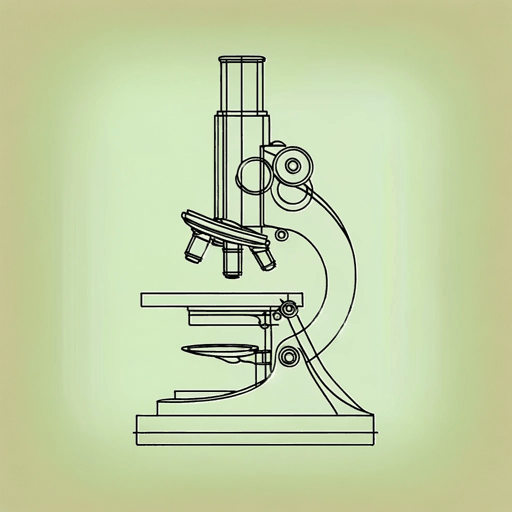53 pages • 1 hour read
Jacqueline KellyThe Evolution of Calpurnia Tate
Fiction | Novel | Middle Grade | Published in 2009A modern alternative to SparkNotes and CliffsNotes, SuperSummary offers high-quality Study Guides with detailed chapter summaries and analysis of major themes, characters, and more.
Summary and Study Guide
Overview
Published in 2009, Jacqueline Kelly’s The Evolution of Calpurnia Tate is a middle grade novel that follows the life of a young Calpurnia as she explores her love for science in the highly patriarchal society that dominated Texas in the late 19th century. The novel received praise from both readers and critics for its thematic emphasis on discovery and personal growth, earning it the Newbery Honor Award in 2010.
This guide refers to the 2011 Square Fish edition of the novel.
Content Warning: Because the novel is set during the late 19th century, the source text uses racist language that is reflective of the time period.
Plot Summary
In the summer of 1899, a young woman named Calpurnia “Callie” Tate finds herself at odds with the expectations of her family. Callie, who loves nature and science, is expected to become a graceful debutante, but she has no interest in “feminine” things like cooking or sewing. She would much rather spend her time finding scientific specimens and diving into the San Marcos River. One blistering summer day, Calpurnia notices that two different kinds of grasshoppers have begun to populate the lawn around her family’s house: yellow grasshoppers and green grasshoppers. After failing to obtain a copy of Charles Darwin’s The Origin of Species on her own, she turns to her distant and elusive grandfather, who has a copy in his library. Calpurnia discusses the grasshopper issue with him, and the pair form a working partnership centered on their love of science and curiosity about the natural world. Calpurnia enjoys spending time with her grandfather, despite her family’s wish that she would devote more time and energy to learning traditional domestic tasks and household skills. Calpurnia soon spends most of her time collecting wildlife specimens with her grandfather and ignores her other responsibilities, like piano and knitting lessons.
As members of Calpurnia’s family notice her increased passion for science and the extra time she is spending with her grandfather, they try to redirect her focus back to sewing and cooking. Calpurnia’s mother desperately tries to teach her these things and other household skills, but Calpurnia’s passion and focus are elsewhere. Calpurnia finds herself often compared to her best friend Lula, who is considered to be the perfect young woman, excelling at traditional domestic tasks that Calpurnia loathes. Calpurnia struggles to understand her place within her family, especially as she watches her older brother courting young women and her parents struggling to divert her attention away from what she loves. Meanwhile, Calpurnia and her grandfather await news from the Smithsonian about a mutant plant that they discovered while collecting samples by the river. Calpurnia is devastated when she receives a book about the “science of housewifery” from her parents for Christmas. She finds herself believing that she must forfeit her own life to her parents’ plans. A few days after Christmas, news arrives that the plant she and her grandfather found is indeed a new species, and it will be named after them. As a new century begins, Calpurnia decides to pursue her passion and become a “girl scientist.”
Featured Collections
Books that Feature the Theme of...
View Collection
Class
View Collection
Class
View Collection
Coming-of-Age Journeys
View Collection
Earth Day
View Collection
Family
View Collection
Newbery Medal & Honor Books
View Collection
Required Reading Lists
View Collection
Science & Nature
View Collection

